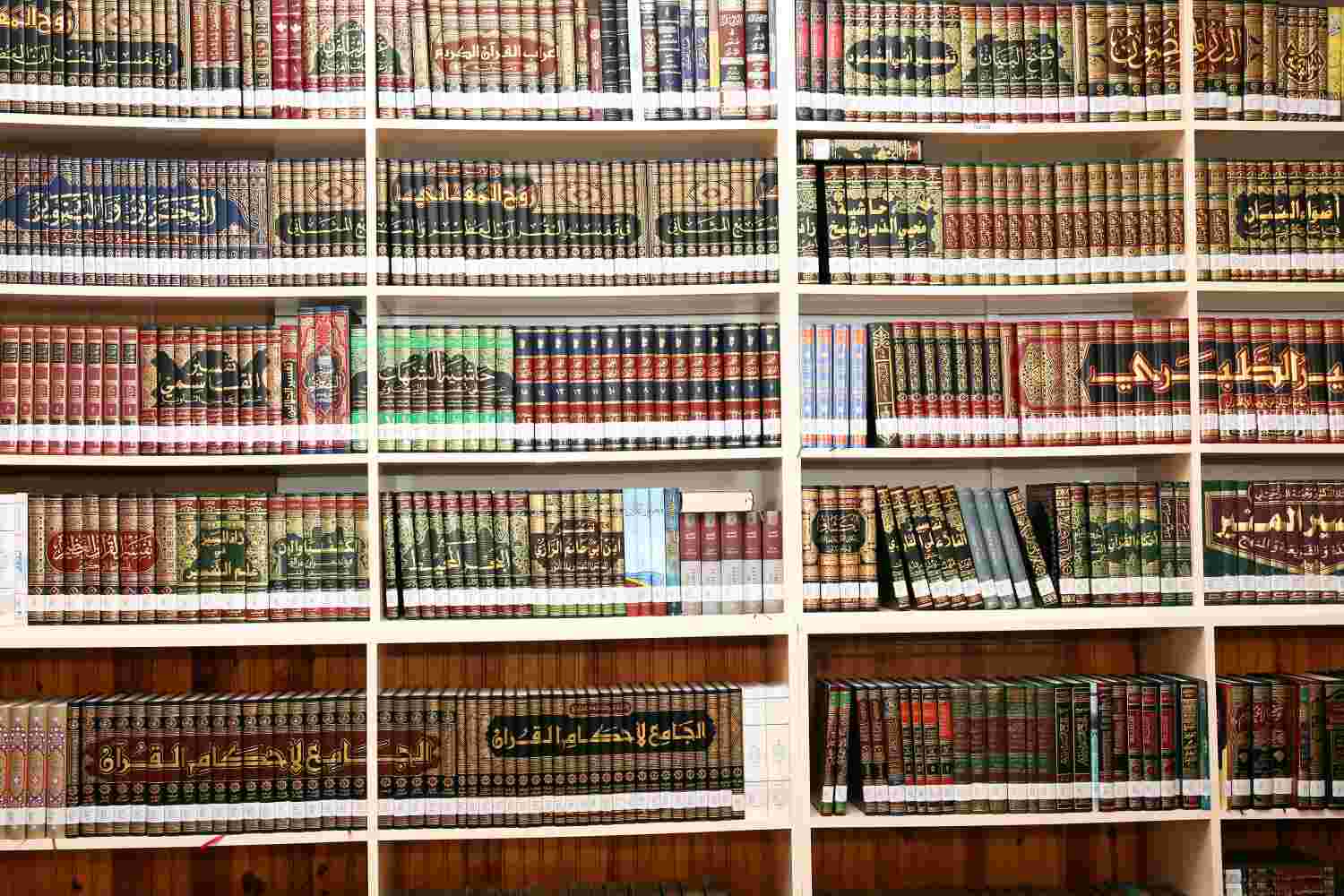The Unique Way Muslim Scholars Preserved the Sayings of the Prophet Muhammad
When one reads about the sayings of a historical person, like Jesus or Muhammad, peace be upon them, how do we know they actually said it? For instance, the authors of the Bible are largely unknown. While some books of the Bible, such as the Gospels of Matthew, Mark, Luke, and John, are attributed to specific authors, the identity of these authors is not certain, and many scholars believe that the Gospels were written by anonymous authors who used the name of Matthew, Mark, Luke, and John as pseudonyms. Because the sayings of the Prophet Muhammad, peace be upon him, play such an important role in Islam, Muslim scholars understood the importance of preserving them.
Hadith: The Sayings and Actions of the Prophet Muhammad
The sayings and actions of the Prophet Muhammad are called hadith. They are an integral part of Islam and are a source of guidance and inspiration for Muslims around the world. The Quran is considered to be the primary source of guidance in Islam, but it is often brief and does not provide much detail on specific issues. Hadith, on the other hand, offer a more in-depth understanding of the Prophet’s teachings and practices, and provide guidance on a wide range of issues, including matters of faith, ethics, and daily life. With the death of the Prophet Muhammad, peace be upon him, his Companions and early Muslim scholars went to painstaking efforts to preserve his sayings.
The Isnad System: A Scientific and Statistical Way to Preserve the Teachings of Prophet Muhammad
They created something called isnad system, or the chain of transmission, which was a method to preserve and transmit the hadith, or the sayings and actions of the Prophet Muhammad, peace be upon him. This system was developed in order to ensure the accuracy and authenticity of the traditions, and to trace the origin of a particular hadith back to its source.
The process of transmitting hadith orally from one person to the next was fraught with potential errors and discrepancies. To address this issue, Muslim scholars developed the isnad system as a way to verify the authenticity of a particular hadith. Each hadith was accompanied by a chain of transmission that listed the names of the people who had transmitted the tradition, along with any other relevant information about them.
How the Isnad System Ensured the Accuracy of Hadith
The importance of the isnad system lies in the fact that it allows scholars to verify the reliability of the transmitters in the chain. By examining the credentials of the transmitters, scholars could determine the authenticity of a particular hadith. For example, if a hadith was transmitted by a reliable and trustworthy source, it was more likely to be considered authentic. On the other hand, if a hadith was transmitted by a source with a questionable reputation, it would be considered less reliable.
The process of verifying the reliability of the transmitters in the chain was a labor-intensive and time-consuming task. Muslim scholars spent years researching and studying the backgrounds and credentials of each transmitter in order to determine the authenticity of a particular hadith. This process required a deep knowledge of the history and culture of the time, as well as a thorough understanding of the transmission of hadith.
The importance of the isnad system lies in the fact that it allows scholars to verify the authenticity of hadith and to ensure that they are transmitted accurately from one generation to the next. By tracing the origin of a particular hadith back to its source, scholars could be confident that the tradition was accurate and reliable.
How the Isnad System Helped to Identify Reliable Hadith
In addition to its role in preserving hadith, the isnad system also played a significant role in the development of Islamic scholarship. By examining the chains of transmission, scholars were able to identify the sources and origins of various hadith and to gain a deeper understanding of the history and development of the traditions. When the isnad system identified many variations and discrepancies that arose over time, Muslim scholars developed a system of grading hadith based on their level of authenticity. The most reliable hadith were those that had a strong chain of transmission and were transmitted by multiple, reliable sources. These were known as sahih, or authentic, hadith. Hadith that were reliable, but not at the highest level were categorized as hasan, or acceptable. Less reliable hadith, such as those with a weaker chain of transmission or those that were transmitted by a single source were classified as weak. Finally, chains of narrations that included a known liar or unreliable narrator were considered fabricated and completely unacceptable.
The Importance of the Isnad System in Hadith Scholarship
In conclusion, the isnad system was a crucial method used by early Muslim scholars to preserve and transmit the hadith. This system allowed scholars to verify the authenticity of a particular hadith by examining the credentials of the transmitters in the chain of transmission. The isnad system played a significant role in the development of Islamic scholarship and helped to ensure the accuracy and reliability of the traditions. Islam is unique because it is the only religion that has the teachings of its founder preserved in such a scientific and statistical manner. Each saying of the Prophet, peace be upon him, can be traced back to him and its authenticity, or lack thereof, can be identified. Without such a system, anyone would be able to attribute anything to him. In Islam, both the Quran and the teachings of the Prophet Muhammad, peace be upon him, are preserved.
Want to learn more? Call 877-WhyIslam, you deserve to know!
Got Questions?
We have Answers. Get in touch now.








